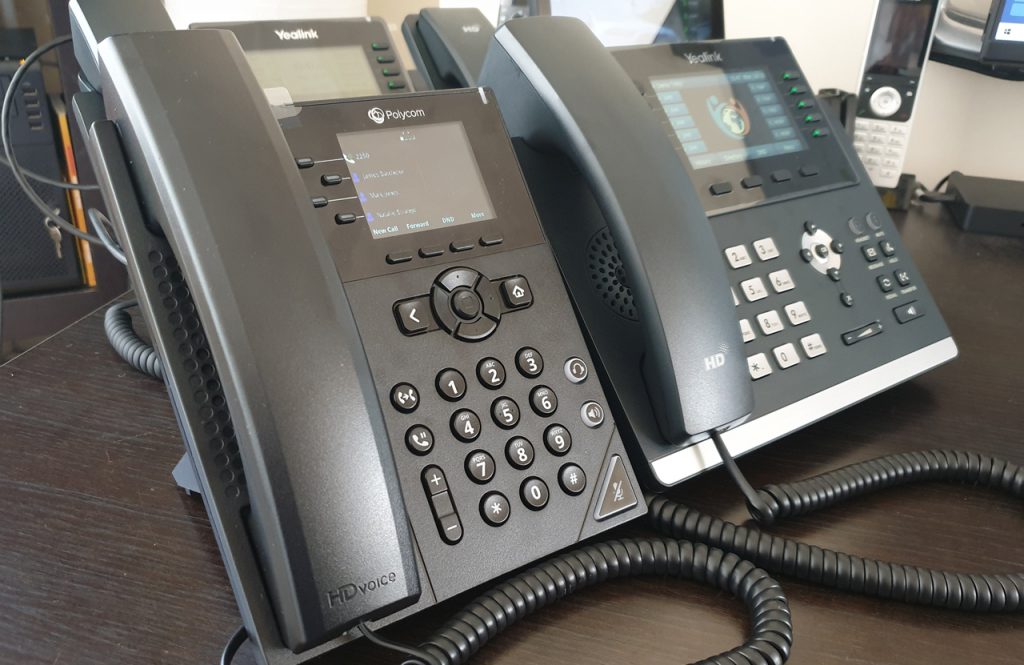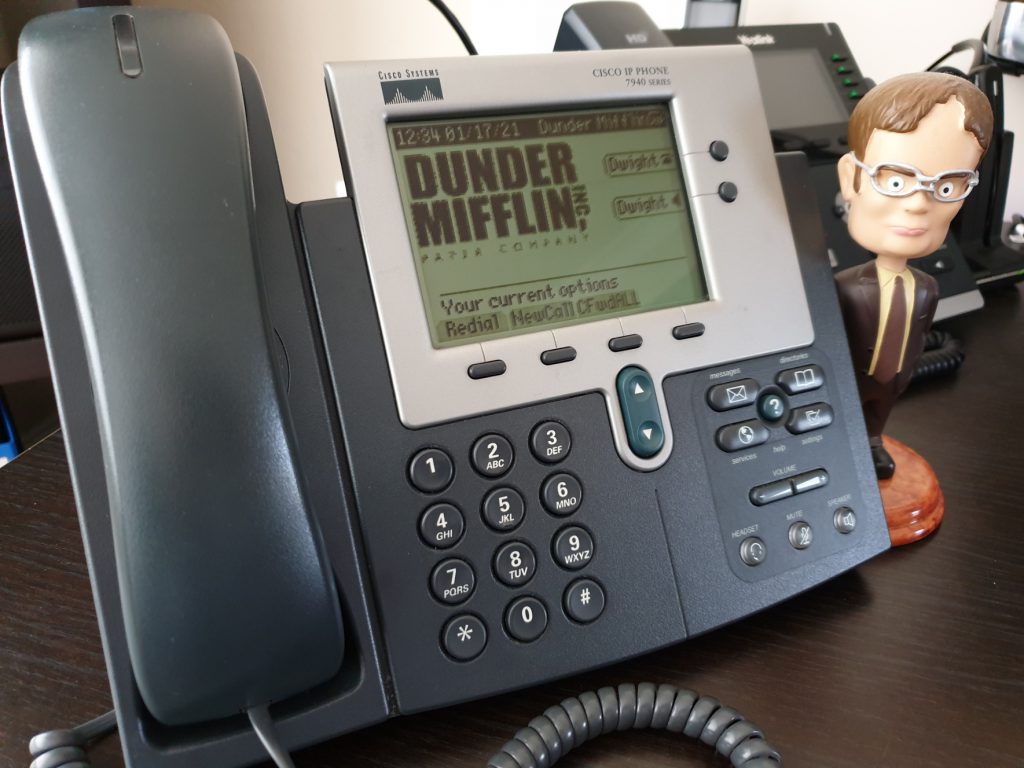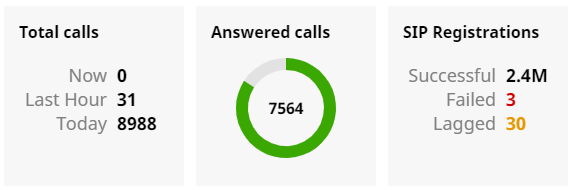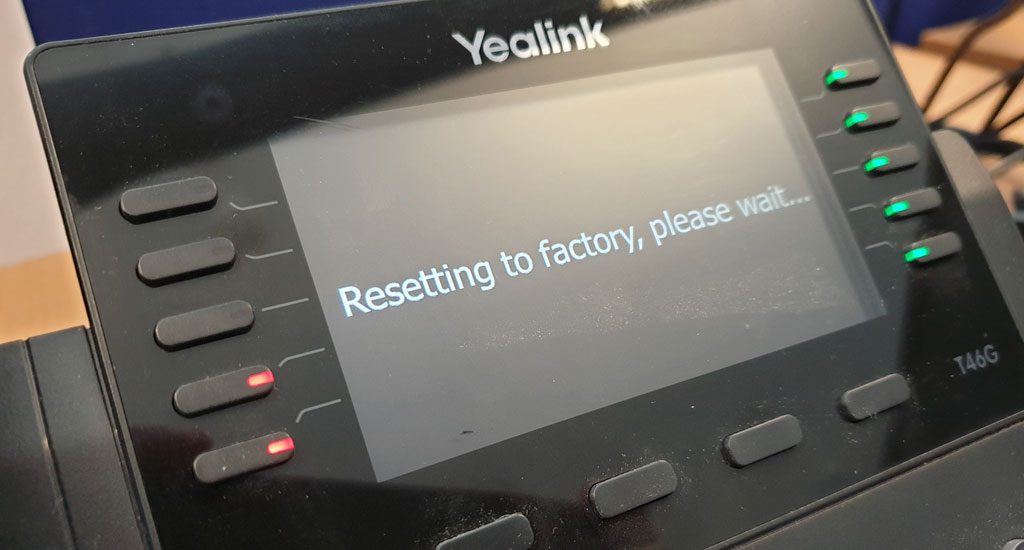The aim of deploying Zabbix and adding SNMP to Gentoo was to gain better insight on how an Asterisk PBX was performing.
Last of the hurdles was to get data from Asterisk in order to send to Zabbix, however the traditional way of loading the res_snmp.so module in Asterisk was not available, as while the PBX in question utilises Asterisk, its buried under proprietary licensing and a non-standard api, therefore being unable to either add the SNMP module or to query it.
If you are experiencing a similar situation, here is how to extract some stats from Asterisk 16 using SNMP, but without the SNMP module…
Continue reading “Asterisk Monitoring Over SNMP”



